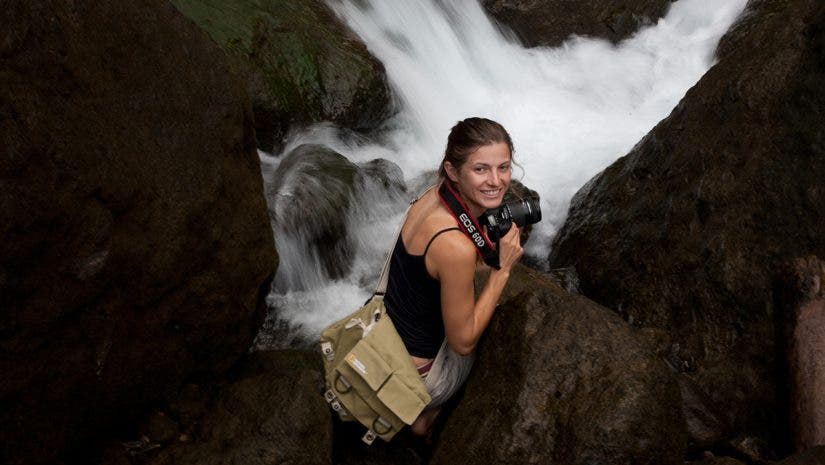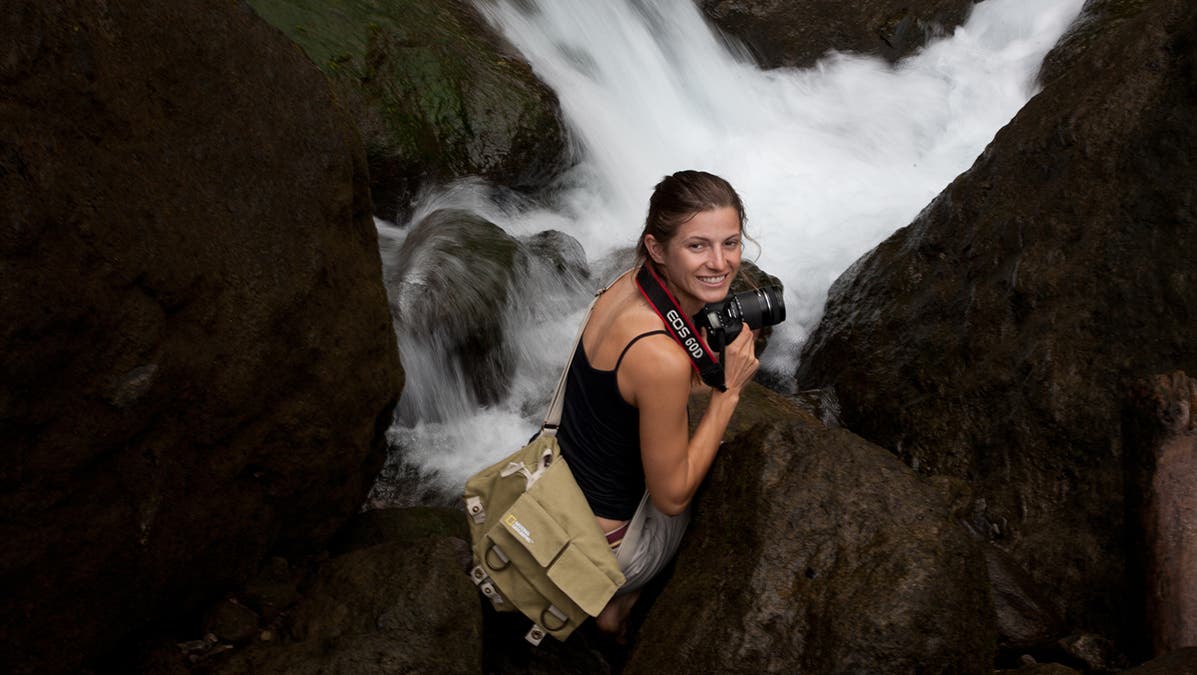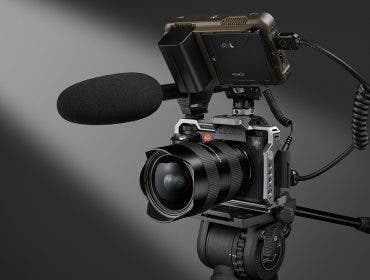Getting a photo published with National Geographic is a dream-come-true for many travel photographers, yet turning this dream into a reality can seem downright impossible. I have some intel to make it happen.
In December 2024, I published my first book, 100 Nights of a Lifetime: The World’s Ultimate Adventures After Dark, with National Geographic. My book’s photo editor, Uliana Bazar, was kind enough to join me for a nearly two-hour conversation about her career, which includes photo editing across many National Geographic titles.
What follows is a host of helpful insights from Bazar, including what she looks for in an image, how she sources photos, and the unbelievable story about how she landed this dream job in the first place. Let’s dive in!

Putting yourself out there pays off
Today, Bazar has one of the most coveted roles in the photography world: she helps bring National Geographic’s books to life with top-of-the-line imagery. It took a major leap of faith to get here. “I’m originally from Ukraine, and growing up, my dream was to do something for the planet,” she told me. “I was inspired by National Geographic because their motto is to inspire people to care about the planet.”
The only issue? She lived in small Ukrainian towns with minimal opportunities. “This was 20 years ago, before social media,” she said. So, she moved halfway around the world by herself. “I had this dream. I knew I was going to do it.”
One Washington, D.C., encounter with a man wearing a National Geographic shirt changed her life. “I stopped him and was like, ‘do you work for National Geographic?’” she said. It turned out to be National Geographic photographer, and now photo editor, Matthew Propert. Bazar asked him for photography advice; he offered something better—the chance to join him on a photography assignment in the Florida Everglades. “We started photographing together and became friends,” she said. “Two months later, we fell in love.”
The duo traveled the world, chasing major photography assignments from the Caribbean to Italy. Bazar bought her first camera, learned to compose images, and soon, had a full portfolio of her own.
“After the assignments came to an end, I decided I would apply for a program in D.C.,” she said, noting her goal was to become a photojournalist. She nabbed internships with the Pulitzer Center then National Geographic Books, and married Propert along the way.
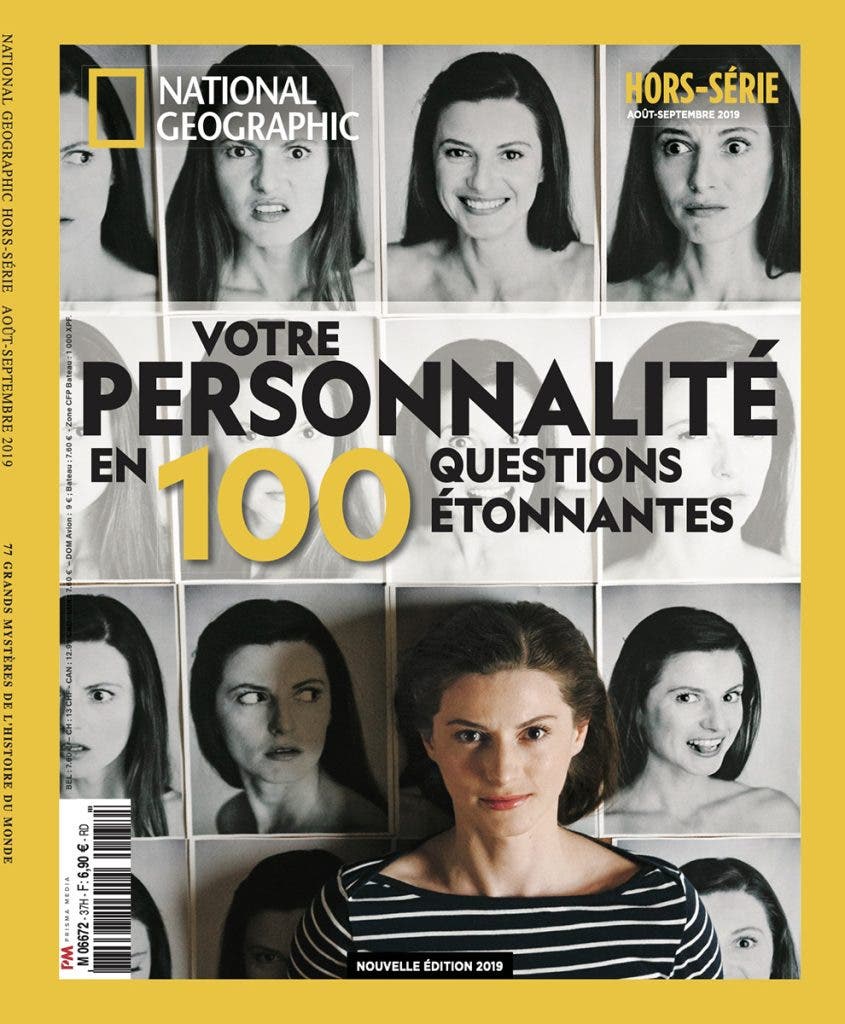
Luck is when preparation meets opportunity
Many would consider Bazar lucky to have landed this dream National Geographic role, but I’ve never been a huge fan of the term “luck,” because so much more goes into it—starting with hard work and preparation. Take Bazar’s first big break as an intern.
“In the first week that I was [at National Geographic’s publishing arm], they were working on this really big book; they were super busy and overwhelmed, so they asked me to help,” she said. “Interns don’t usually get to work on these types of projects, but I started helping. I would stay up all night working on that project. I did a good job, and they acknowledged it.”
She met her deadlines and worked hard, and soon more projects came her way. “There was this opportunity to prove that I can be responsible and creative and do what needs to be done,” she said. “That’s how it started.”
Photo editing for National Geographic: an inside look
Bazar is still a photographer, but the majority of her imagery centers on personal projects. Professionally, she’s a photo editor for magazines and brands, with the bulk of her work centering on National Geographic’s publishing division. This means she collaborates with photographers, including freelance creatives, regularly.
Here’s what her role looks like, and how it differs from photography. “As a photographer, you get the assignment, take photos, then have a beautiful selection of images you send to photo editors,” she said. “I’m a photo editor, so when I receive photographs, it’s my job to look at them and select the ones with the best composition, the best light, and overall the best photos from the shoot.”
Her photo editing for National Geographic spans all sorts of subjects, from nighttime adventures like those in my book to wellness, war, and history. “When I agree to an assignment, the first thing I do is familiarize myself with the subject matter and concept of the book, and I read the whole text,” she said. “Then I search for photos.”
Often, she knows immediately what type of image she wants—it’s a matter of whether or not she can locate it. Other times, she wants to see what’s out there. To find photographers, she starts with agencies. If she can’t find what she’s seeking, she’ll turn to individual photographers, either through Instagram, search engines, or her own professional connections.
During the process, she searches for both those epic golden-hour images and more detail-focused, diverse shots for visual interest. “The challenging part of photo editing is you can’t always use the best image,” she said. If you have a book with, say, a dozen national parks, the obvious photo would be the park at golden hour. “But for flow, I have to provide diversity, with close-ups and different light.”
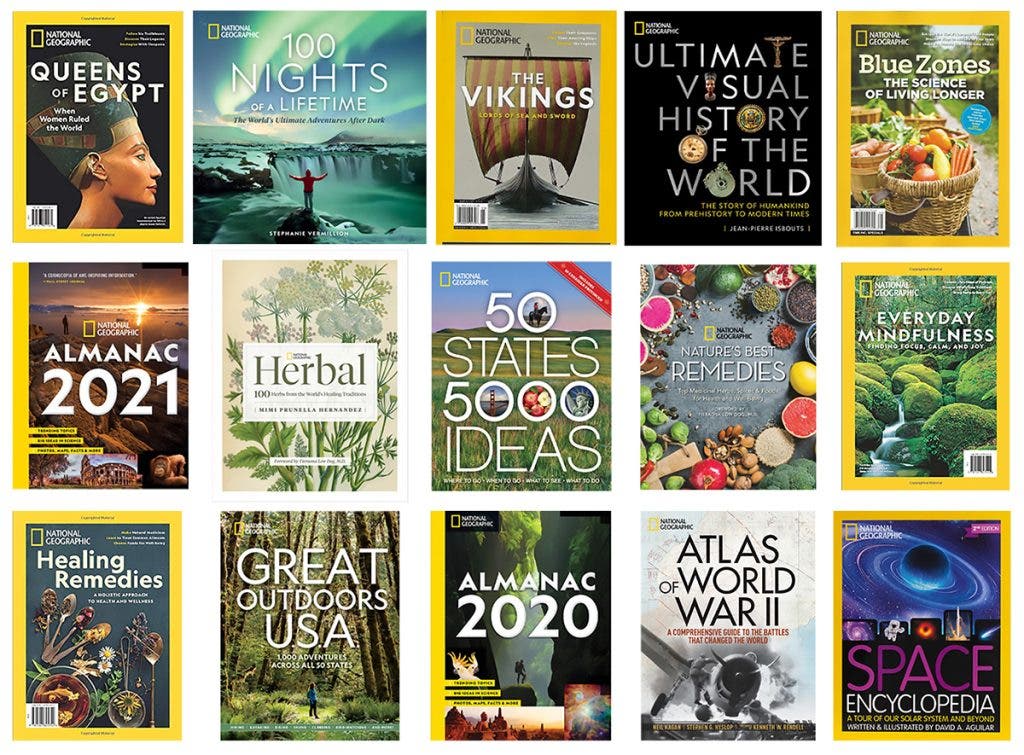
How can I sell my images to National Geographic?
Bazar’s advice on this is simple: be visible and responsive. “The best thing I can recommend for photographers is to have good contact information on Instagram or on their websites. The hardest part for me is trusting people will get back to me,” she said.
Additionally, put your work out there. “If you want to be published, make yourself visible,” she said, noting she often looks for photos via Google. “You have to have some kind of presence, even if it’s a blog or Flickr account.”
Choosing a niche can also give you a leg up. “If somebody is known for a particular type of work, it will always be easier for them to be published,” Bazar said. But it’s not required: “I also use pictures from people with broad portfolios.”
And Bazar notes that, when it comes to niche-ing down, it’s important to do so out of authentic passion, not business strategy or the latest trend. “Strategies rarely work long-term because people who genuinely love doing something will always do it better, they’ll always go that extra mile because they love it,” she said. “What I’ve learned in my school and in my work is that you have to find one thing you’re passionate about—that thing you will do even if no one pays you.”
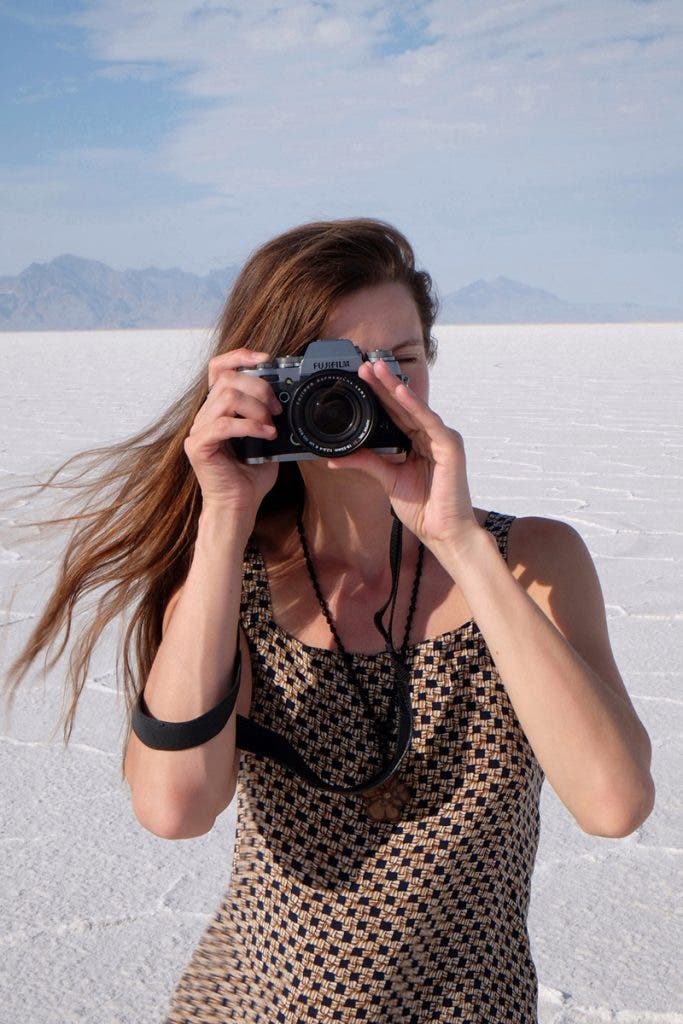
How to improve your photography
Of course, passion alone won’t help you sell photography to National Geographic. You also need to refine and practice your craft—and for that, Bazar suggests learning from the experts.
“For beginner photographers, it’s important to look at not just anybody, but the masters,” she said. “Learn lighting, composition, aesthetics, and develop an eye. Then, when you master the basics and mechanics, you can experiment and develop your own style.”
She says the best travel photos, the ones she seeks out for National Geographic books, share several commonalities. “For me, it’s composition and beautiful light—this special moment where everything comes together and your eyes travel through the photograph,” she said. In travel books, which National Geographic is known for, she seeks photos that elicit emotion. “We try to choose beautiful images in the best light, with the best composition, that evoke this feeling of inspiration.”
To increase your odds of not just one published image, but repeat work, do all you can to make the photo editor’s job easier. “Obviously know your worth, but also be easy to work with,” Bazar said. Streamlined communication is especially important because photo editors are often working with over 100 photographers for one book. That means hundreds upon hundreds of back-and-forth emails.
And, if National Geographic is your goal publication, make sure to photograph with the brand ethos in mind. “National Geographic has a quality of timelessness,” Bazar said. “You look at the images and even the 20-year-old photos just have this quality that transcends time and trends.”
Learn more about book photography in our interview with author and photographer Christine Chitnis, whose latest project, Patterns of Portugal, is now a national bestseller!
